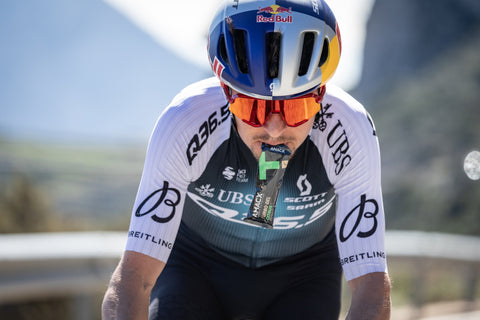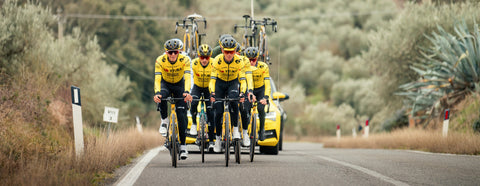The hunger pang is a dreaded moment for many athletes. It's the point where your body screams for energy, but the fuel tank is empty. This blog offers practical tips to prevent this and explains how you can improve your performance with smart nutritional strategies.
What is the Hunger pang?
The hunger pangs occur when your body has depleted the stored glycogen (carbohydrates) in your muscles and liver, causing you to suddenly experience a major energy deficit. This can lead to fatigue, weakness and a sudden loss of the ability to continue the effort.
Preventing the Hunger Beat
- Preparation is everything: Make sure you start with full glycogen stores by eating a carbohydrate-rich diet the night before and the morning of your long endurance training or competition.
- Consistent Intake: Start replenishing carbohydrates early in your exercise and continue to do so consistently, even before you start to feel hungry or fatigued. A regular intake of 30 to 60 grams per hour can work wonders.
- Hydration: Combine your carbohydrate intake with sufficient hydration. An isotonic sports drink can cover both needs: hydration and carbohydrate replenishment.
Tip: Experiment with different carbohydrate sources and timing during workouts to discover what works best for you. This ensures that on the day of the race or an important training session you know what your body needs and how it responds.
By recognizing the importance of carbohydrates and supplementing them strategically, you can prevent hunger pangs and take your sporting performance to the next level. Remember: prevention is better than cure, so plan ahead and stay focused on your nutrition strategy.
For an in-depth look at why carbohydrates play such a crucial role in sports performance, return to "The power of carbs."












